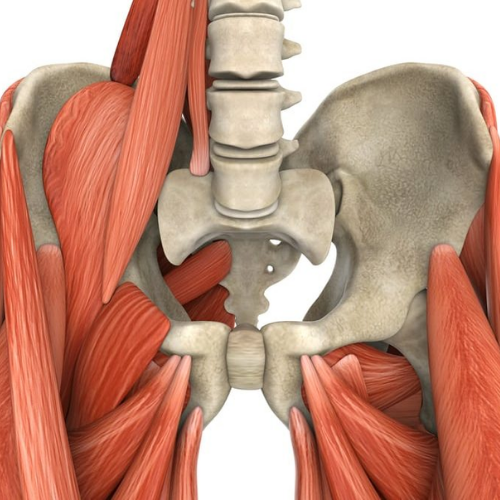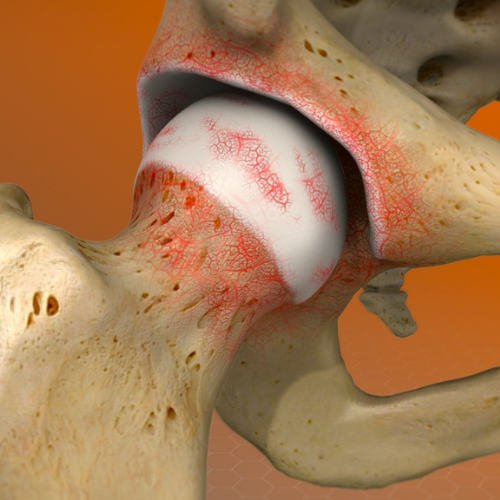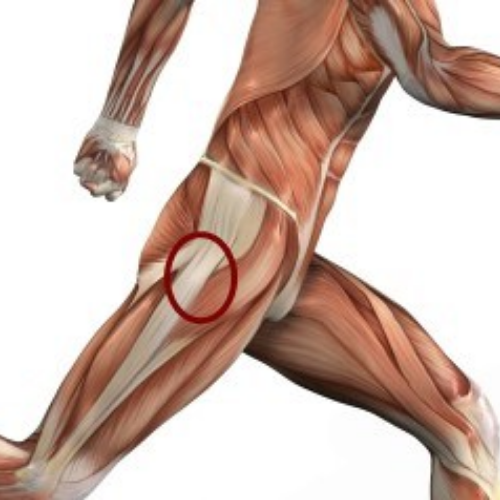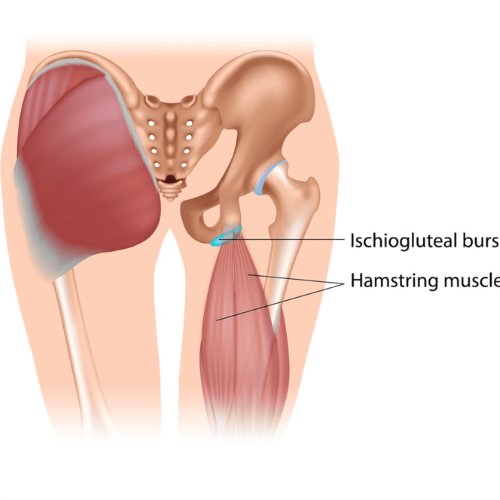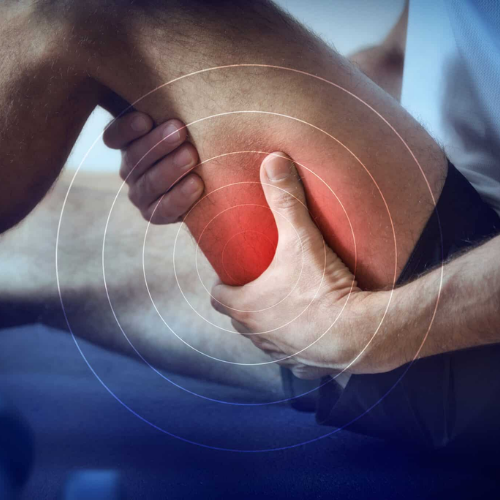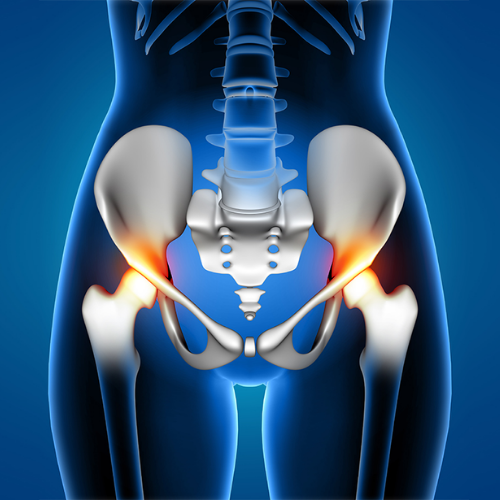Working Time
Book Appointment
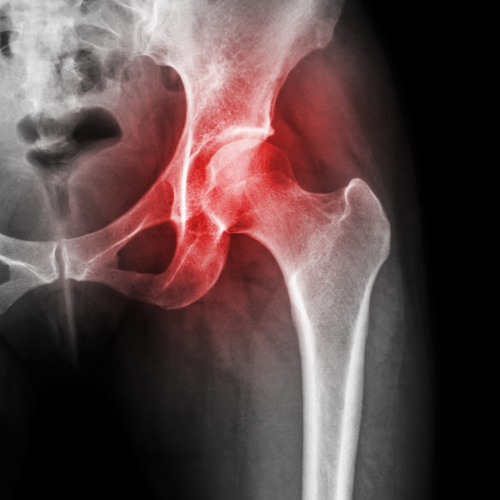
Avascular Necrosis, also known as osteonecrosis, is a condition characterised by the death of bone tissue due to a lack of blood supply. When blood flow to a specific area of bone is disrupted, it can lead to the death of bone cells, ultimately resulting in the collapse of the bone structure. AVN commonly affects the hip joint, causing pain, stiffness, and potentially leading to severe disability if not properly managed.
Causes of Avascular Necrosis of the Hip:
Trauma: Hip injuries, such as dislocations or fractures, can damage blood vessels and contribute to AVN.
Steroid Medications: Prolonged and high-dose use of corticosteroids can increase the risk of AVN by affecting blood flow to the bones.
Alcohol Abuse: Excessive alcohol consumption can weaken bones and compromise blood circulation, predisposing individuals to AVN.
Joint Disorders: Conditions like lupus, sickle cell anaemia, and other autoimmune diseases can increase the likelihood of AVN.
Medical Treatments: Certain medical treatments, such as radiation therapy, can damage blood vessels, leading to AVN.
Treatments for Avascular Necrosis of the Hip:
Regenerative Therapy:
Platelet-Rich Plasma (PRP) Therapy: PRP injections, which contain concentrated platelets and growth factors derived from the patient's own blood, may promote tissue repair and regeneration in the affected hip joint.
Bone Marrow Aspirate Concentrate (BMAC) Therapy: BMAC involves aspirating bone marrow from the patient's hip bone and concentrating the stem cells and growth factors present in the bone marrow. The concentrated solution is then injected into the affected hip joint to promote tissue healing and regeneration.
Radiofrequency Ablation (RFA) of Articular Branches:
RFA is a minimally invasive procedure used to relieve chronic hip pain by targeting and disrupting the sensory nerves responsible for transmitting pain signals from the hip joint. This procedure can provide long-lasting pain relief for patients with AVN of the hip, allowing them to resume daily activities with improved comfort and mobility.
Assistive Devices: Using devices such as canes, crutches, or walkers can help reduce weight-bearing stress on the affected hip joint and improve mobility.
Core Decompression: This surgical procedure involves removing a portion of the affected bone to relieve pressure and improve blood flow.
Bone Grafting: Surgeons may use healthy bone tissue from another part of the body or a donor to replace the damaged bone.
Joint Replacement: In advanced cases, total hip replacement surgery may be necessary to replace the damaged joint with an artificial one.
Physical Therapy: Rehabilitation exercises can help improve joint function, reduce pain, and enhance overall mobility.
The choice of treatment for AVN of the hip depends on various factors, including the severity of the condition, the patient's overall health, and individual preferences. A comprehensive evaluation by a healthcare professional is essential to determine the most appropriate treatment approach tailored to the patient’s needs.

